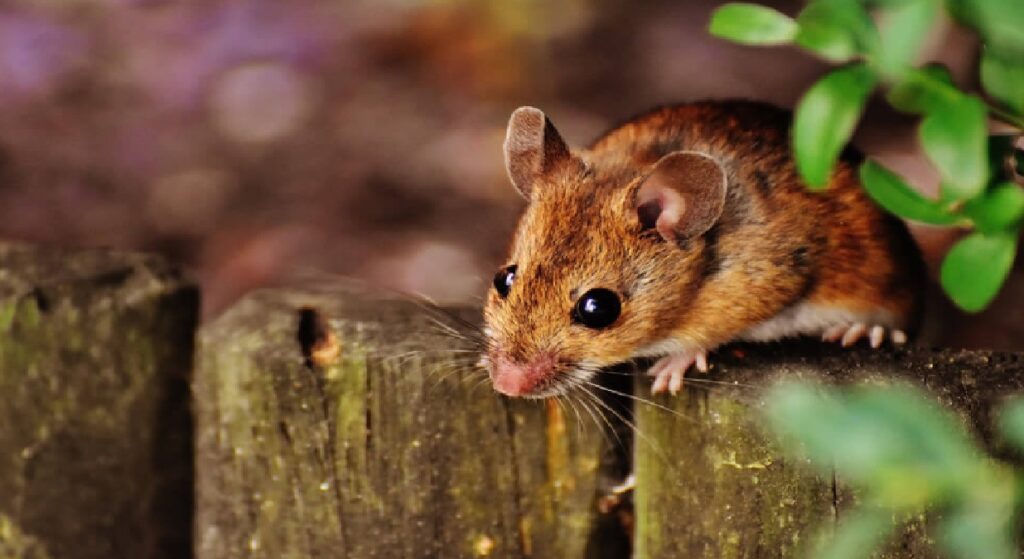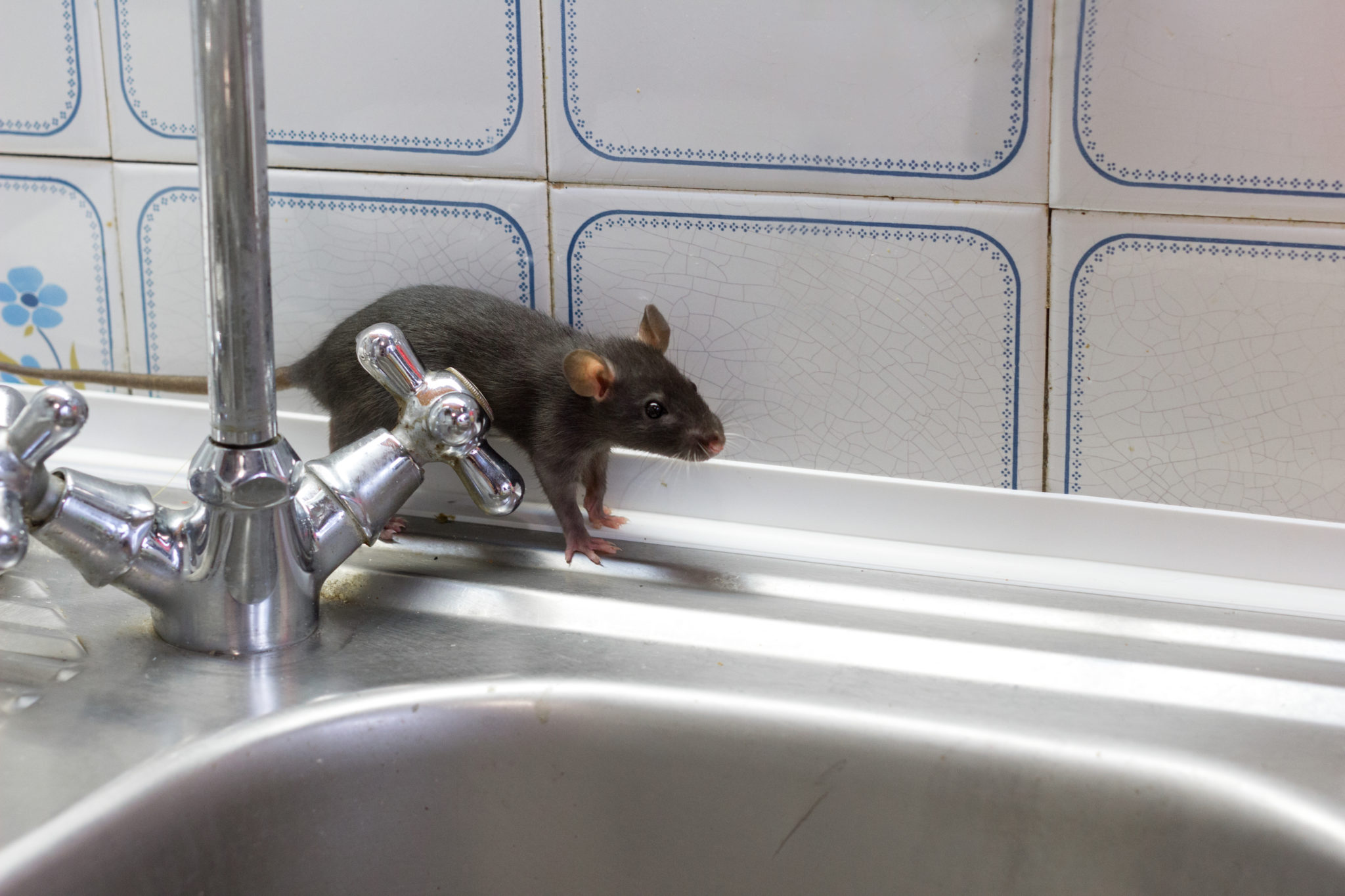Introduction
Sydney’s suburban homes face persistent challenges with mice infestations, particularly during cooler months when rodents seek warmth and shelter indoors. These unwelcome visitors don’t arrive by chance—specific conditions in and around properties actively draw them in.
Understanding what attracts mice to suburban homes is essential for effective mice control Sydney residents can implement. Rodents need three basic elements to survive: food, water, and shelter. When homes provide easy access to these necessities, they become prime targets for rodent attraction.
This article examines the primary factors that make Sydney properties appealing to mice, from unsealed food sources and water leaks to structural vulnerabilities and cluttered spaces. By identifying these attractants, homeowners can take targeted preventative action.
What Food Sources Draw Mice to Suburban Homes in Sydney?
Food sources for mice in suburban homes create an irresistible invitation for these opportunistic rodents. Unsealed containers in pantries storing grains, cereals, pasta, and nuts provide easy access to high-calorie nutrition that mice actively seek. A single opened packet of rice or a loosely closed biscuit tin becomes a reliable feeding station.
Accessible Garbage Bins
Accessible garbage bins containing kitchen waste rank among the most significant attractants. Bins without secure lids or those stored close to entry points emit food odours that mice can detect from considerable distances. The combination of vegetable peelings, meat scraps, and packaging residue creates an all-you-can-eat buffet.

Pet Food Storage Practices
Pet food storage practices directly influence rodent activity. Dog or cat food left overnight in bowls presents an easy meal, whilst bags stored in garages without proper sealing allow mice to chew through packaging. The high protein content in pet food makes it particularly appealing.
Kitchen Crumbs and Spills
Kitchen crumbs and spilled food on floors provide constant sustenance. Toast crumbs behind toasters, pasta fragments near cookers, and cooking oil splatters create feeding opportunities that encourage mice to establish territories in kitchen areas.
Garden Fruit and Vegetables
Garden fruit from backyard citrus trees, stone fruit varieties, and vegetable patches attract mice outdoors before they venture inside. Fallen oranges, rotting apples, and unharvested tomatoes create external food sources that draw rodents onto properties. Once mice establish themselves in gardens, they naturally explore nearby structures.
Compost Bins as Attractants
Compost bins generate decomposition odours that travel significant distances. The fermenting organic matter produces scents mice associate with abundant food, making poorly maintained compost systems a primary attractant for suburban rodent populations.
How Do Shelter and Warmth Make Suburban Homes Appealing to Mice?
Sydney’s suburban homes provide critical warm spaces in homes that mice desperately need during winter months. Indoor temperatures remain consistently comfortable, offering protection from cold nights and wet weather that would otherwise threaten their survival.
Mice seek out specific nesting sites throughout residential properties:
- Attics and roof spaces offer undisturbed areas with insulation materials perfect for nest building
- Wall cavities between internal and external walls create dark, protected corridors
- Basements and subfloors maintain stable temperatures away from human activity
- Garages filled with stored boxes and equipment provide numerous hiding spots
- Behind kitchen appliances such as refrigerators, dishwashers, and ovens generate warmth from motors and heating elements
The abundance of shelter for mice increases dramatically in cluttered environments. Stacks of newspapers, cardboard boxes, and stored items create maze-like structures where rodents feel secure. These messy areas supply ready-made nesting materials including shredded paper, fabric scraps, and fibreglass insulation that mice collect to build comfortable nests.
Undisturbed spaces behind furniture, inside rarely-used cupboards, and within storage areas become prime real estate for mouse families. The combination of warmth, darkness, and available construction materials makes these locations ideal for breeding and raising young.
How Does Water Availability Attract Mice Indoors?
Mice need a constant supply of water, which is why homes with moisture problems are prime targets for infestations. Even a single dripping tap or pipe under the house can provide a reliable source of water that mice will use every day, often building nests nearby to reduce their travel distance.
Leaking Pipes: A Hidden Water Source
Leaking pipes beneath floors or inside wall cavities create continuous moisture that attracts mice looking for water. These hidden sources of water for rodents often go unnoticed by homeowners until an infestation becomes obvious, as mice can survive on surprisingly small amounts of water when it’s easily accessible.
Standing Water: Another Attraction for Rodents
Standing water is another major draw for rodents in suburban properties around Sydney:
- Garden ponds and decorative water features offer easy drinking access
- Puddles from poor drainage accumulate near foundations
- Pet water bowls left outdoors overnight become convenient hydration stations
- Drip trays under air conditioning units collect condensation
Clogged Gutters: Creating Ideal Conditions for Mice
Clogged gutters create perfect conditions for mouse activity around homes. When gutters overflow, water pools along rooflines and seeps down exterior walls, creating damp patches that attract thirsty rodents. This pooling water near foundations not only brings mice closer to potential entry points but also softens soil, making it easier for them to burrow.
Fixing these moisture problems is crucial for effective mice control in Sydney homes. By getting rid of water sources, you eliminate an essential resource that allows rodent populations to thrive.
Which Entry Points Do Mice Use to Access Suburban Homes?
Mice exploit surprisingly small openings to infiltrate homes, requiring gaps as narrow as 6mm—roughly the diameter of a pencil. These mouse entry points exist throughout most suburban properties, often going unnoticed until an infestation develops.
Common Entry Points for Mice in Suburban Homes
- Doors: Deteriorated weather stripping on doors creates perfect access routes at ground level. The rubber or foam seals around door frames compress and crack over time, leaving gaps where the door meets the threshold.
- Garage Doors: Garage doors present particularly vulnerable spots, as their bottom seals frequently wear down from repeated opening and closing.
- Windows: Windows pose similar risks when screens develop tears or holes. Leaving windows open without intact screens during warmer months essentially invites rodents inside.
- Upper-Floor Windows: Mice climb exterior walls with ease, making upper-floor windows equally accessible as ground-level ones.
- Utility Penetrations: Pipes entering through foundations, electrical conduits, gas lines, and cable installations rarely fit tightly against the materials surrounding them. These functional necessities create ready-made pathways if not properly sealed with appropriate materials.
- Roof Access Points: Vents for bathrooms, kitchens, and attics, along with chimney openings lacking proper caps or screens, can also be entry points for mice.
- Damaged Roofing Materials: Missing shingles, cracked tiles, or deteriorated soffits and fascia boards expose the underlying structure and provide entry points for mice.
- Tree Branches: Tree branches touching or hanging within one metre of rooflines act as natural highways for mice.
- Utility Lines: Utility lines running to the house serve as pathways for mice, allowing them to bypass ground-level barriers completely.
Why Sealing Only Ground-Level Entry Points Isn’t Enough
These elevated routes explain why sealing only ground-level entry points often fails to prevent infestations. Mice are skilled climbers and can easily access upper areas of homes if these entry points are not addressed.

What Preventative Measures Help Reduce Mouse Attraction in Sydney Homes?
Storing food in airtight containers eliminates the most significant attractant for mice. Glass jars, heavy-duty plastic containers with tight-fitting lids, and metal tins prevent rodents from detecting food odours. This applies to pantry staples like cereals, grains, flour, and pet food.
Daily cleaning routines make homes less inviting to mice. Wiping down kitchen surfaces immediately after meal preparation, vacuuming floors to remove crumbs, and washing dishes promptly removes food traces. Garbage bins require secure lids and regular emptying before waste accumulates.
Repairing water leaks addresses another critical survival need for mice. Fixing dripping taps, damaged pipes under sinks, and addressing condensation issues removes accessible moisture sources that sustain rodent populations.
Sealing entry points forms the foundation of effective mice prevention tips Sydney residents should prioritise. Inspect the entire property for gaps around door frames, window sills, utility penetrations, and foundation cracks. Steel wool combined with caulk works well for small openings, whilst expanding foam suits larger gaps. Weather stripping on doors needs replacement when worn.
Removing clutter from storage areas, garages, and attics eliminates potential nesting sites. Cardboard boxes should be replaced with plastic storage bins, and unnecessary items discarded.
Professional pest controllers become necessary when mice sightings occur regularly, droppings appear in multiple locations, or DIY waste management efforts fail to prevent infestations. Licensed technicians provide comprehensive inspections and targeted treatment plans.
Conclusion
Effective mice control in Sydney requires a comprehensive approach that addresses all factors making suburban homes attractive to rodents. Combining regular cleaning routines with structural maintenance creates an inhospitable environment for mice seeking food, water, and shelter.
Homeowners who implement these preventative strategies—sealing entry points, securing food sources, eliminating water access, and maintaining tidy spaces—significantly reduce infestation risks. These measures work best when applied consistently across all vulnerable areas of the property.
Persistent mouse activity despite preventative efforts signals the need for professional intervention. Licensed pest control specialists bring expertise in suburban rodent management, identifying hidden entry points and nesting sites that property owners might overlook. They provide targeted treatments and ongoing monitoring to ensure long-term protection.
Taking action early prevents minor mouse problems from escalating into serious infestations. Property owners who prioritise both prevention and timely professional assistance maintain healthier, safer homes free from rodent-related health risks and structural damage.
Related : Mouse Control Sydney: How to Prevent Mice in Roof Cavities and Garages





